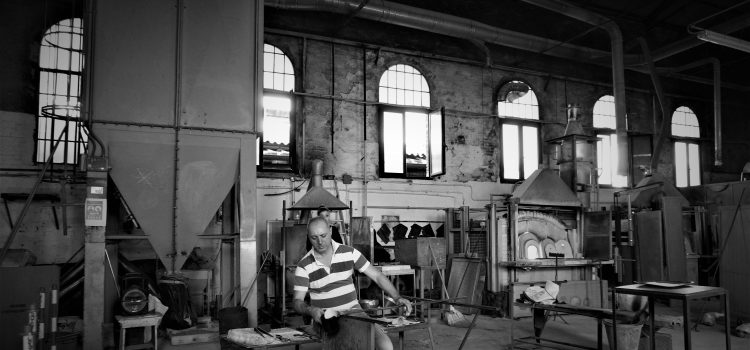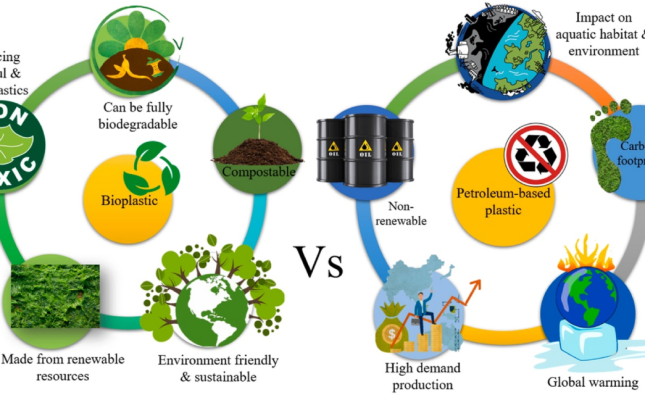
Glassmaking is an ancient craft that has been around for thousands of years, with evidence of glass production dating back to the ancient Egyptians and Mesopotamians. However, the process of glassmaking has evolved significantly over time, leading to new and innovative applications of this versatile material.
One of the most significant advancements in glassmaking came during the Roman Empire, with the development of blown glass. Blown glass allowed for the creation of intricate shapes and designs, and it quickly became a popular medium for decorative objects such as bowls, vases, and cups.
During the Industrial Revolution, glassmaking underwent another major transformation, with the invention of machines that could mass-produce glassware. This allowed for glass to become more affordable and accessible, and it also led to new applications of glass in industry and manufacturing.
In the 20th century, glassmaking continued to evolve, with new techniques and innovations leading to the creation of tempered glass, laminated glass, and safety glass. These new forms of glass have revolutionized industries such as automotive manufacturing and architecture, where safety and durability are essential.
Glass has also had a profound impact on society, with its use in everything from building design to medical equipment. Glass windows and skylights have allowed for the creation of light-filled, energy-efficient buildings, while glass lenses have revolutionized the field of medicine by allowing doctors to see inside the human body.
As journalists, it’s important to verify information and sources when reporting on the evolution of glassmaking and its impact on society. We must also consider the environmental and social implications of glass production, including issues such as energy consumption and waste management.
In conclusion, the evolution of glassmaking has led to new and innovative applications of this versatile material, from decorative objects to safety glass and medical equipment. The impact of glass on society has been profound, and it continues to inspire new ideas and innovations today.










